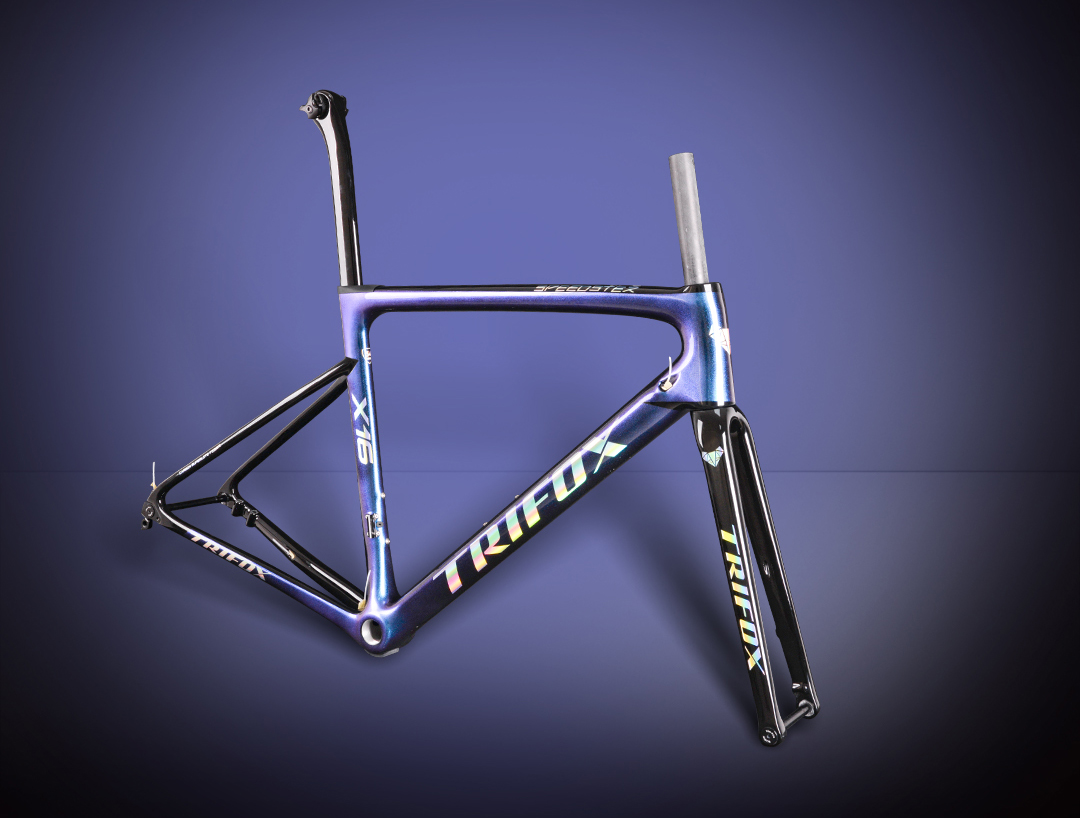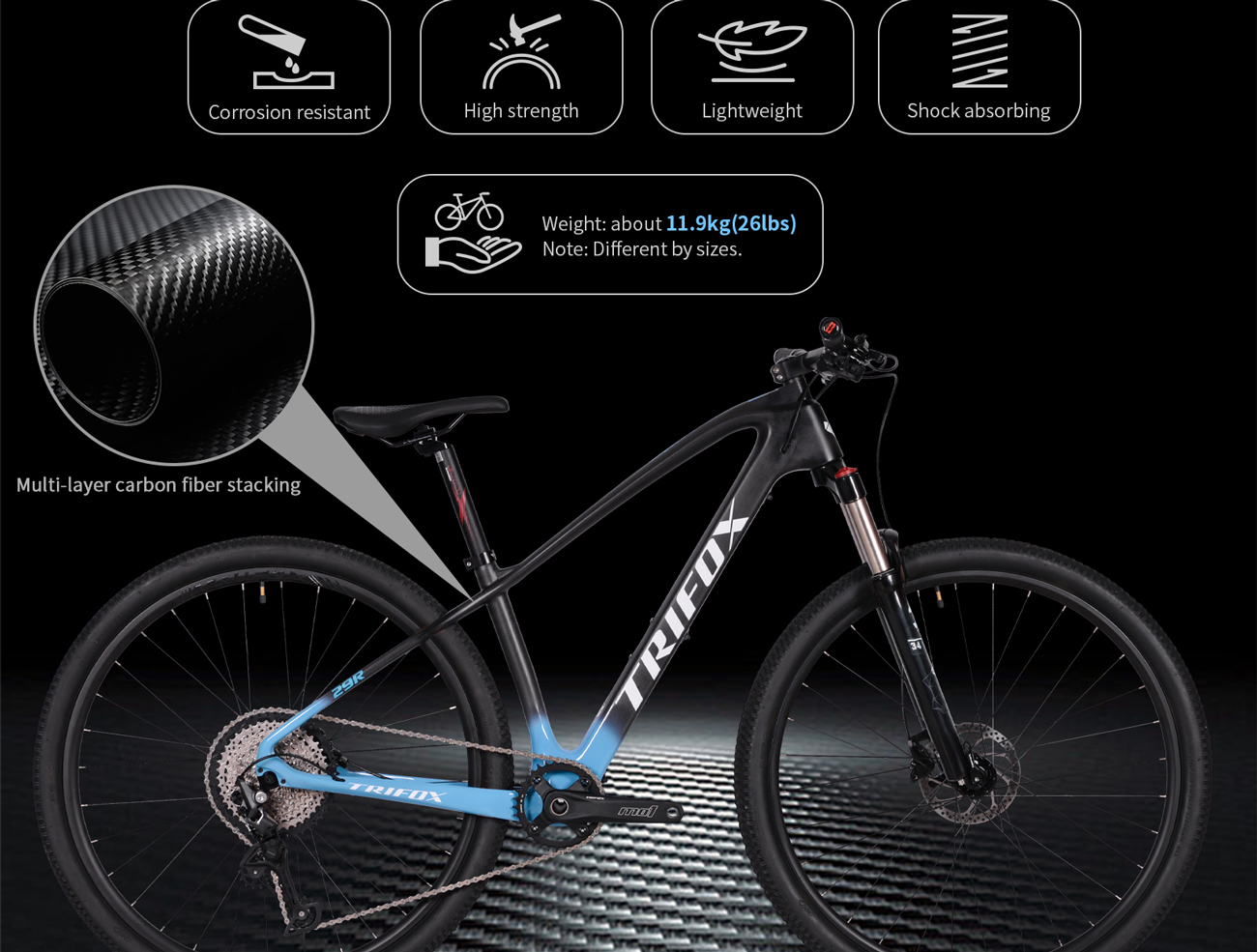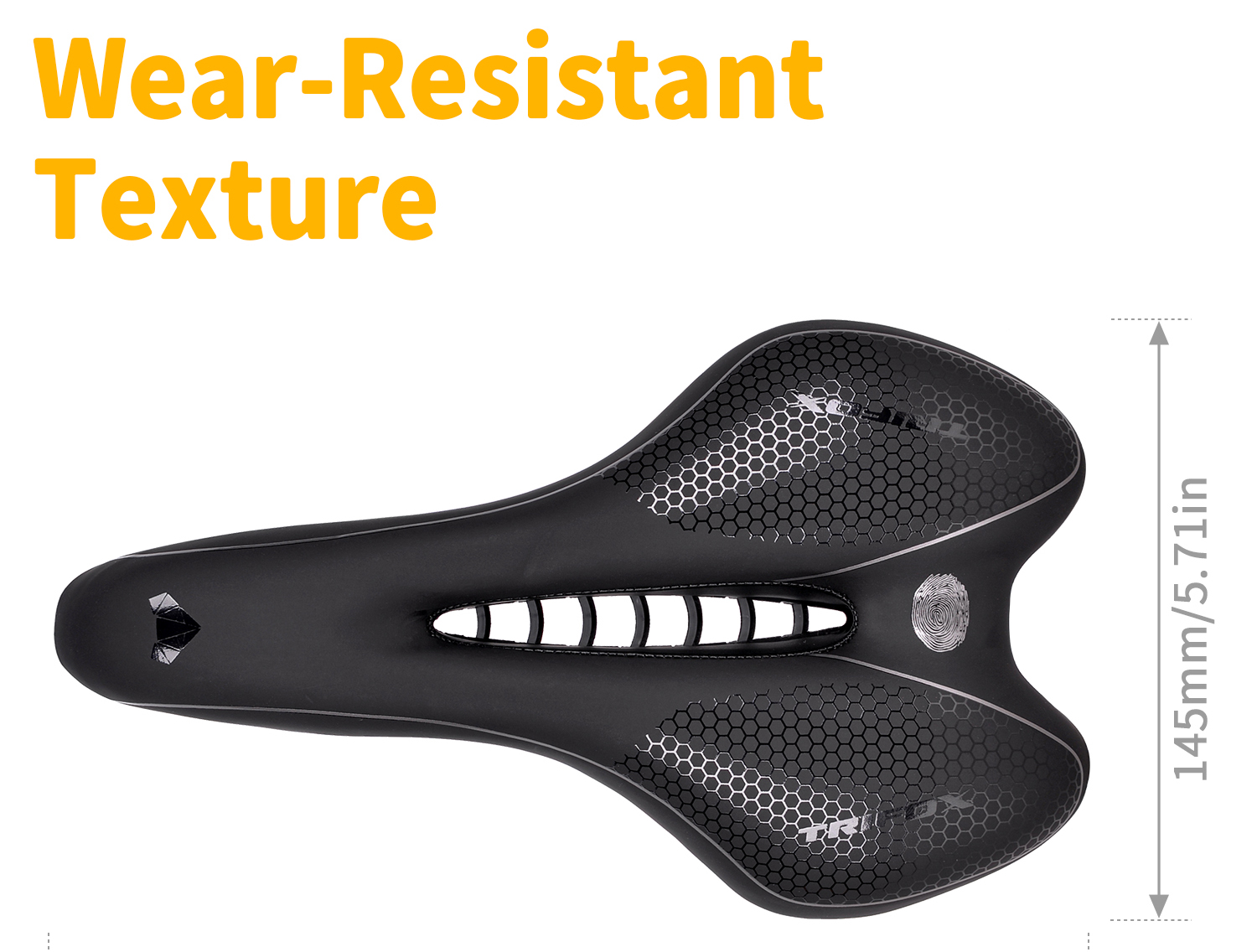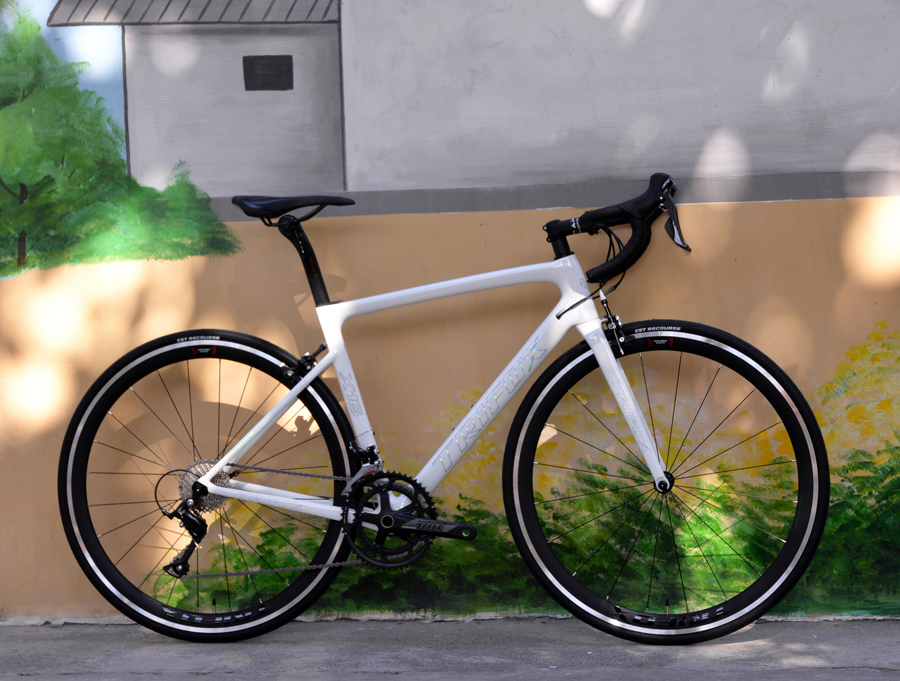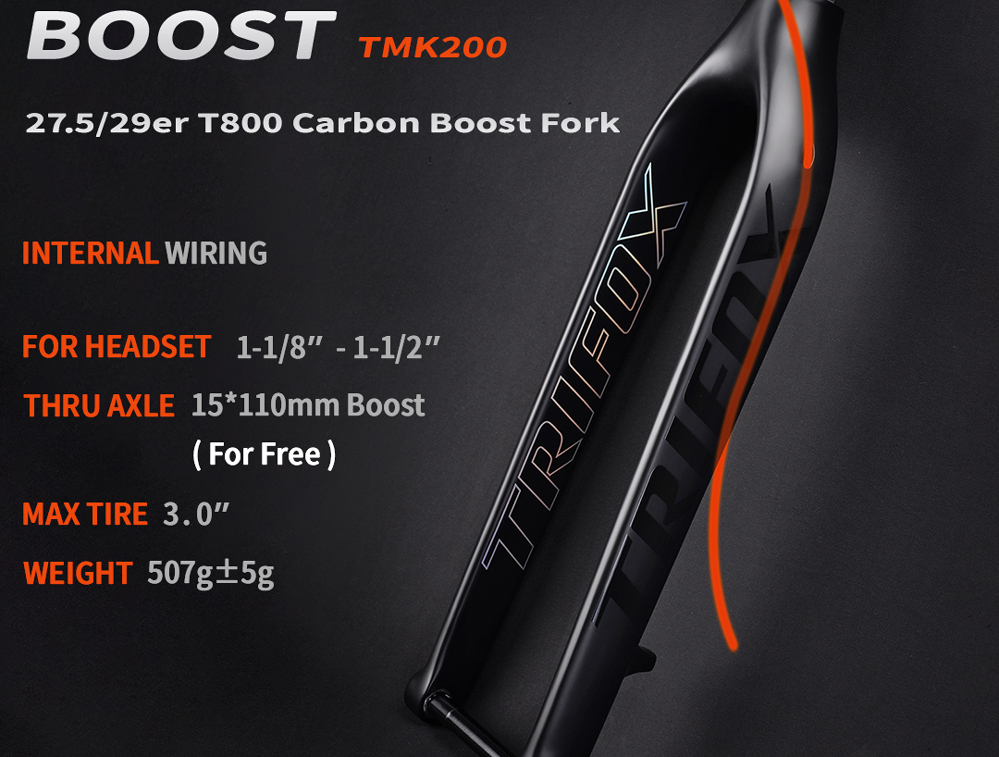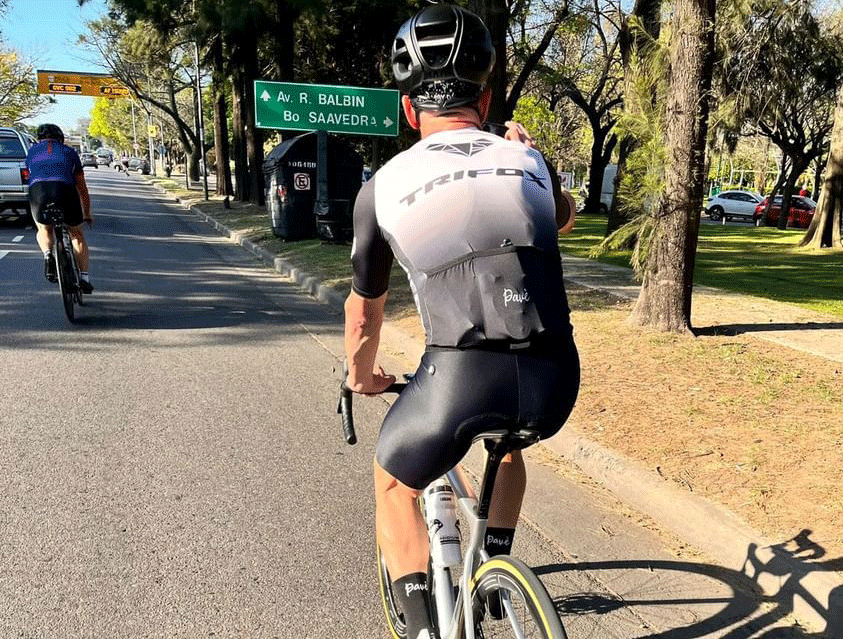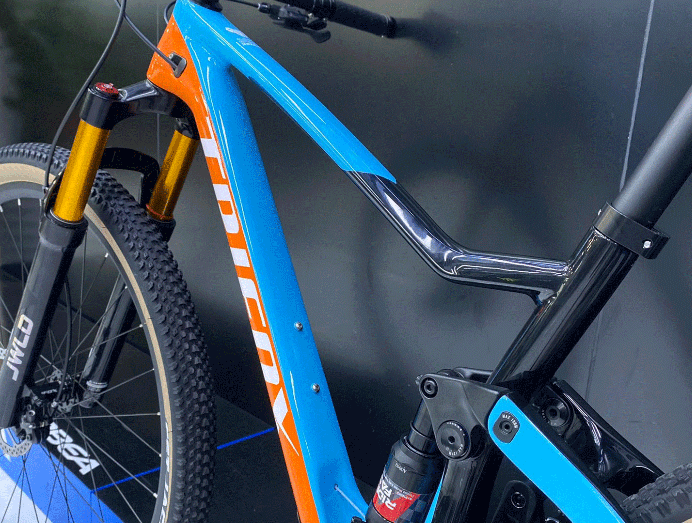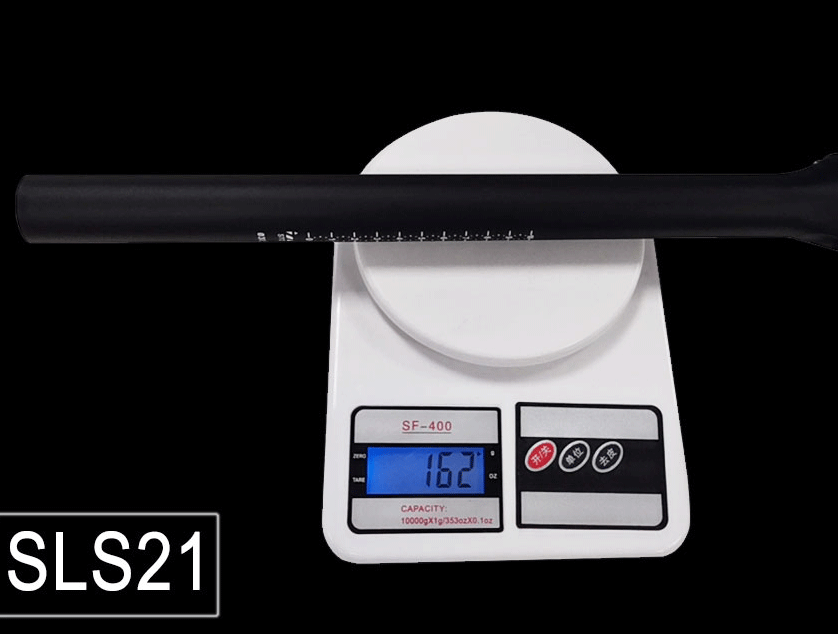The travel of a bicycle front fork is how deep the front fork can be pressed, that is, the distance that the front fork travels from fully relaxed to the lowest point of the front fork. Generally speaking, it is the shock absorption effect. Basically, the longer the stroke, the more force it can withstand. Larger, the better the shock absorption effect. It can be said that the up and down the amplitude of the front fork after being impacted. Therefore, bicycle forks are divided into Rigid Forks and Suspension Forks.
1. Rigid Fork of a mountain bike, front fork without shock absorption function. Features: lightweight, good hardness, no gaps, more convenient operation, big head angle, low wind resistance, the center of gravity more forward, more direct force. It is suitable for high-speed riding on flat roads and it can also be used on slightly bumpy roads. Flat roads and climbing slopes have advantages, especially the Rigid Fork of carbon fiber. Disadvantages: Not suitable for fast cycling on bumpy roads.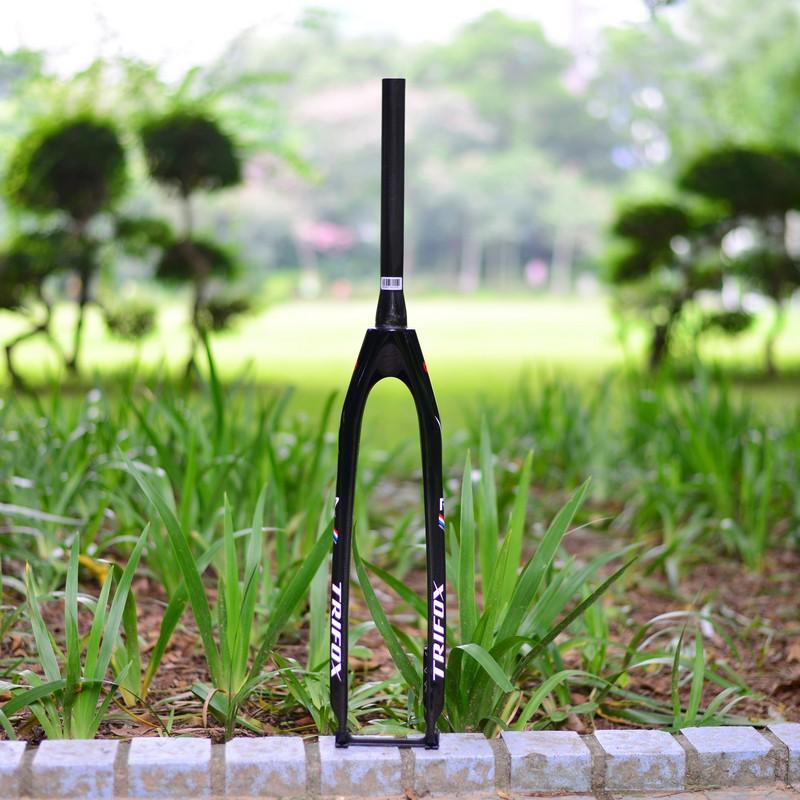
2. Mountain bike Suspension Fork refers to the front fork with shock absorption function. Features: Good elasticity, can absorb the vibration brought by the bumpy road to the mountain bike. Suitable for fast cycling on bumpy roads such as potholes or mountain roads. Disadvantages: heavyweight, complicated structure, and expensive.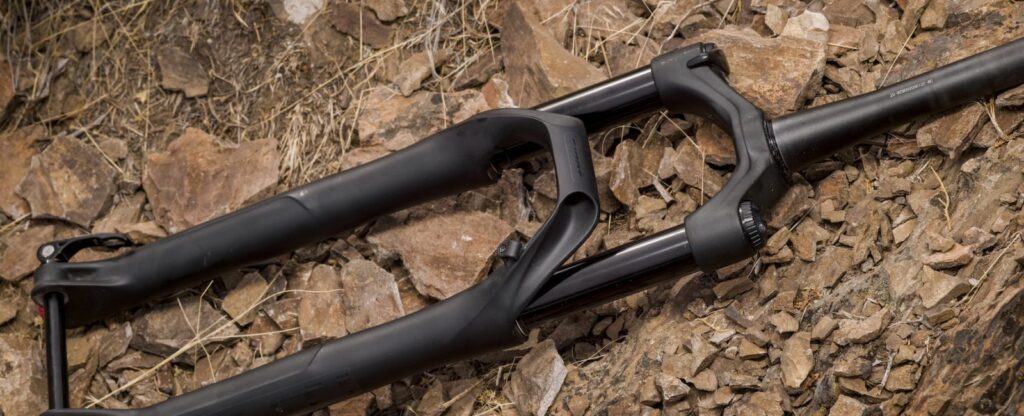
It can be said that each has its own advantages, so it depends on everyone's daily needs to choose to buy.





























































